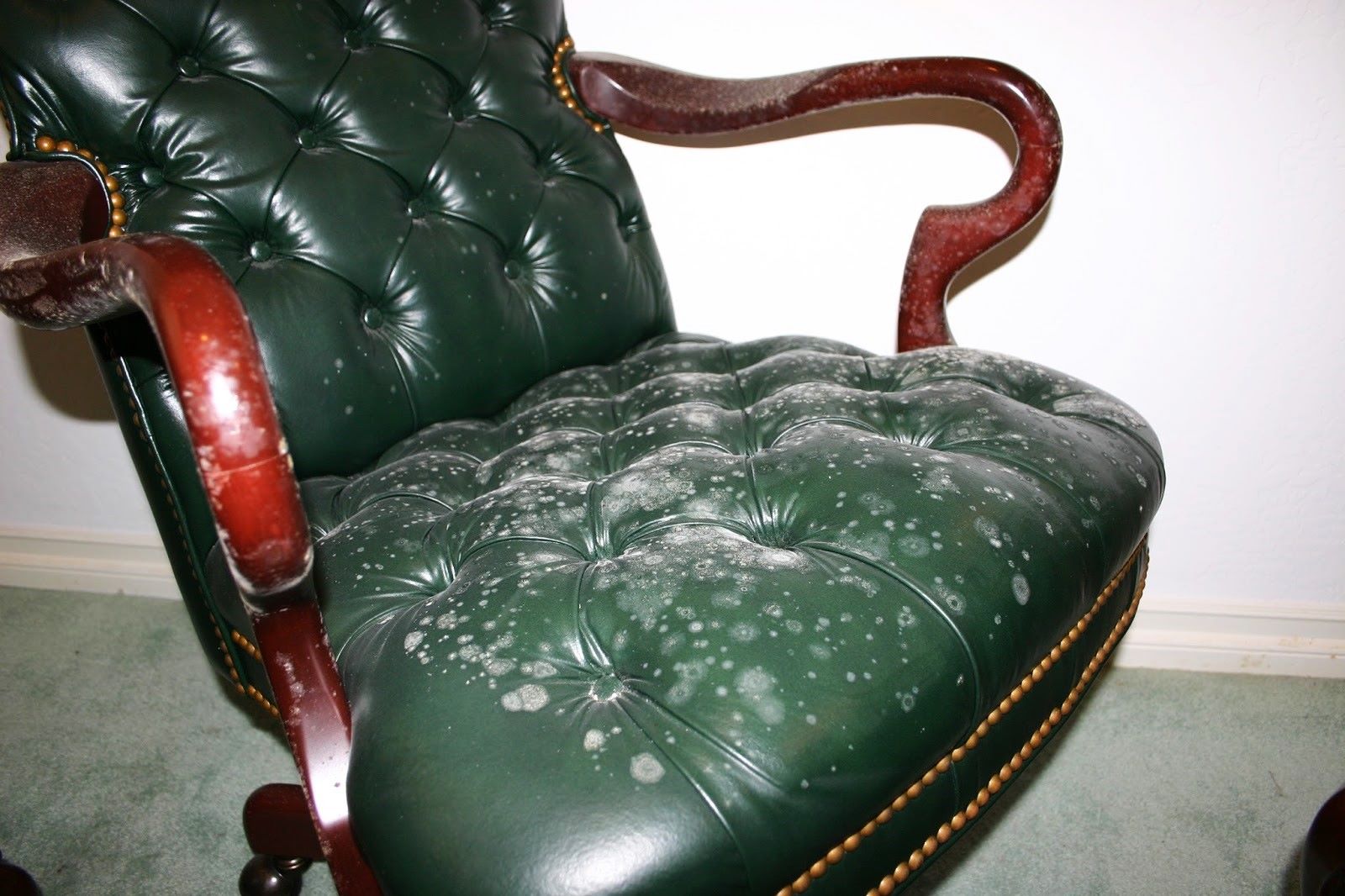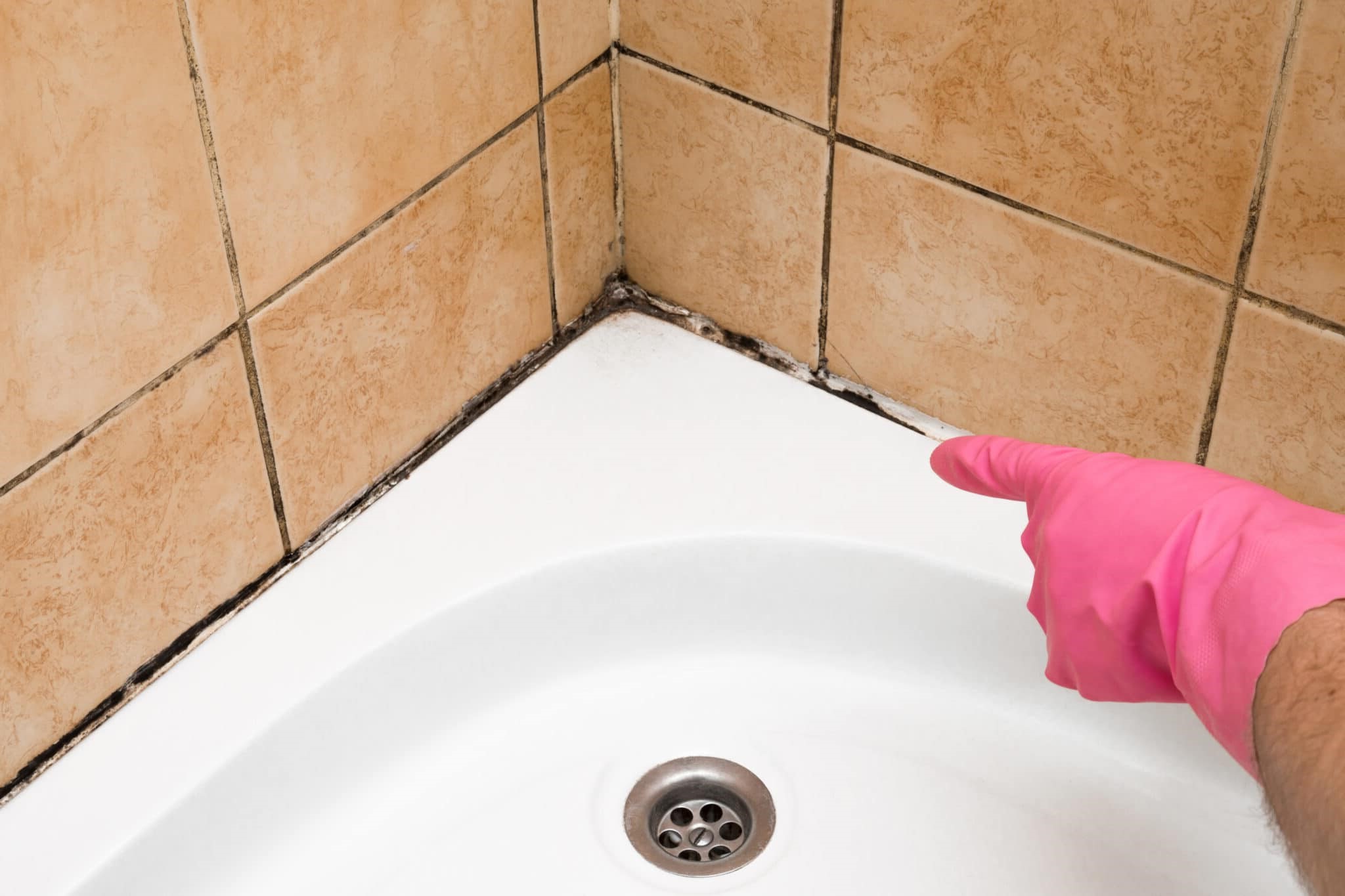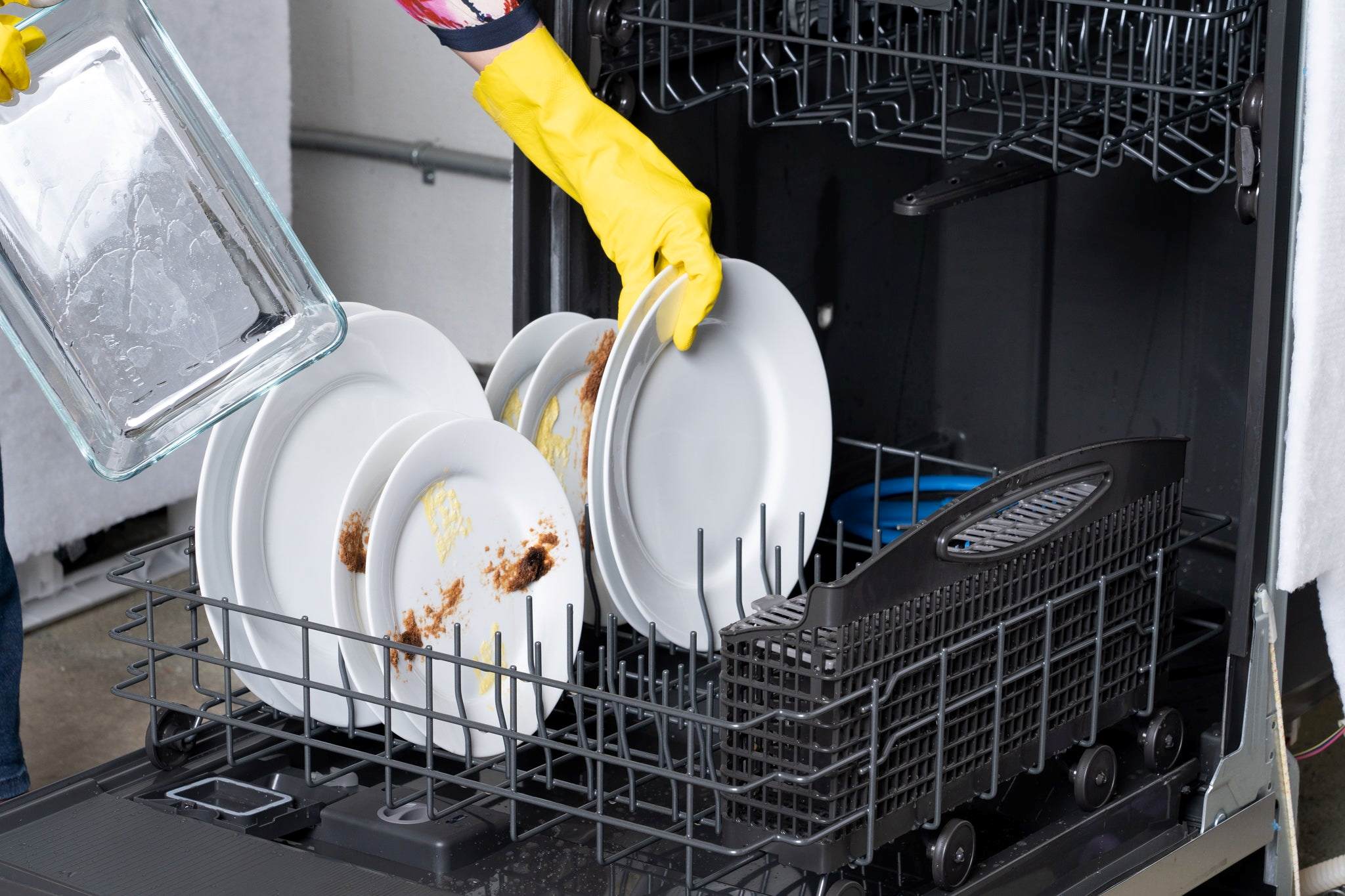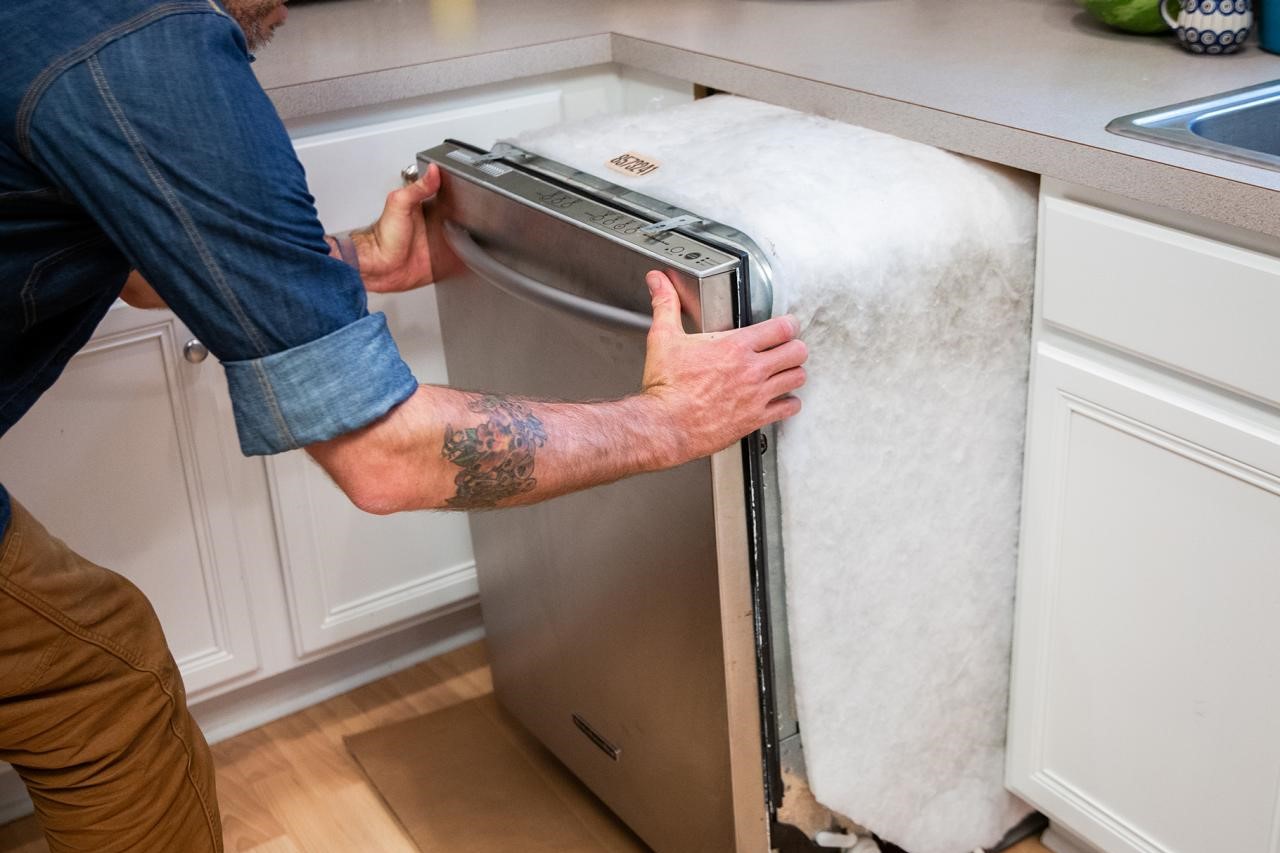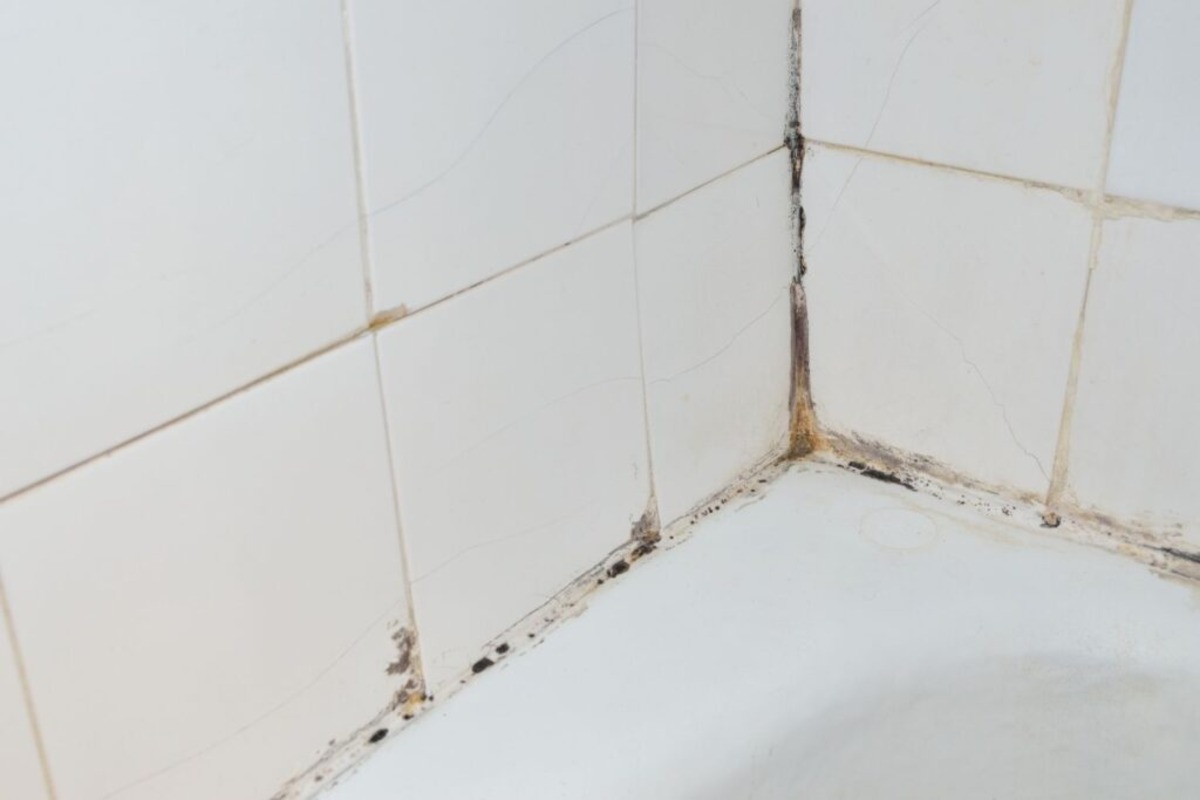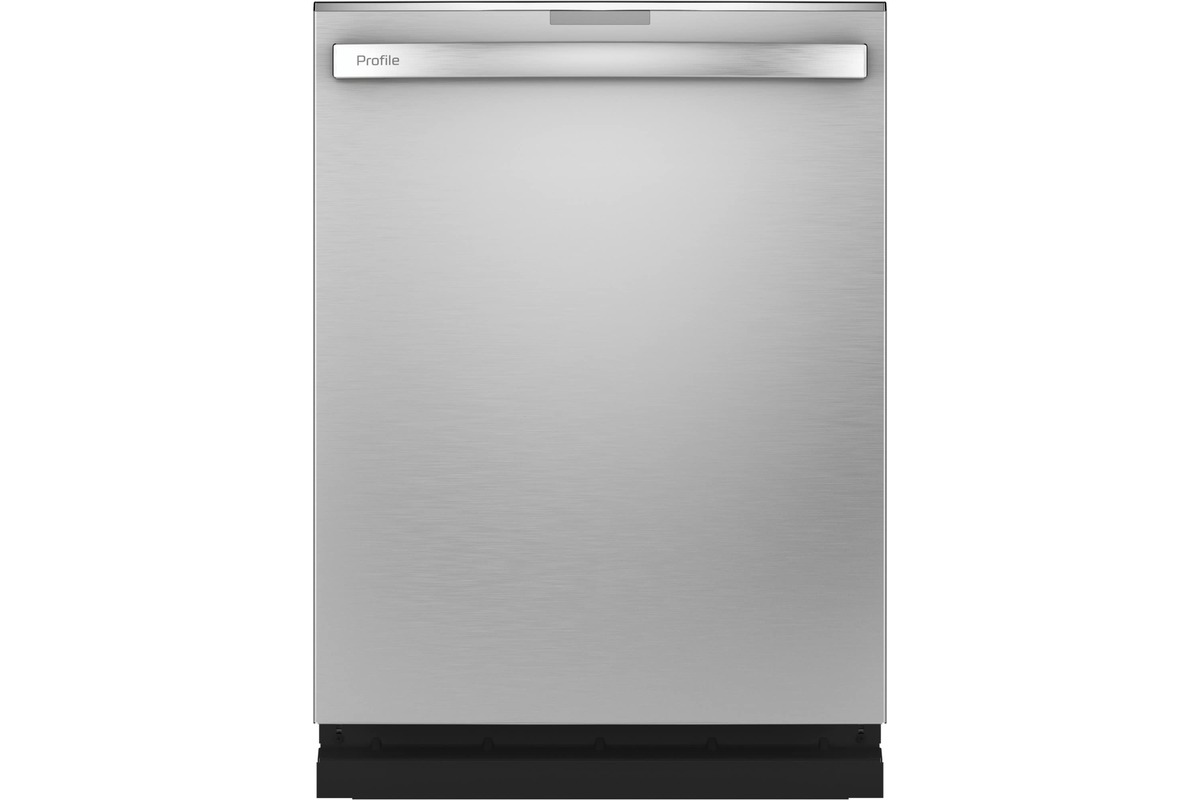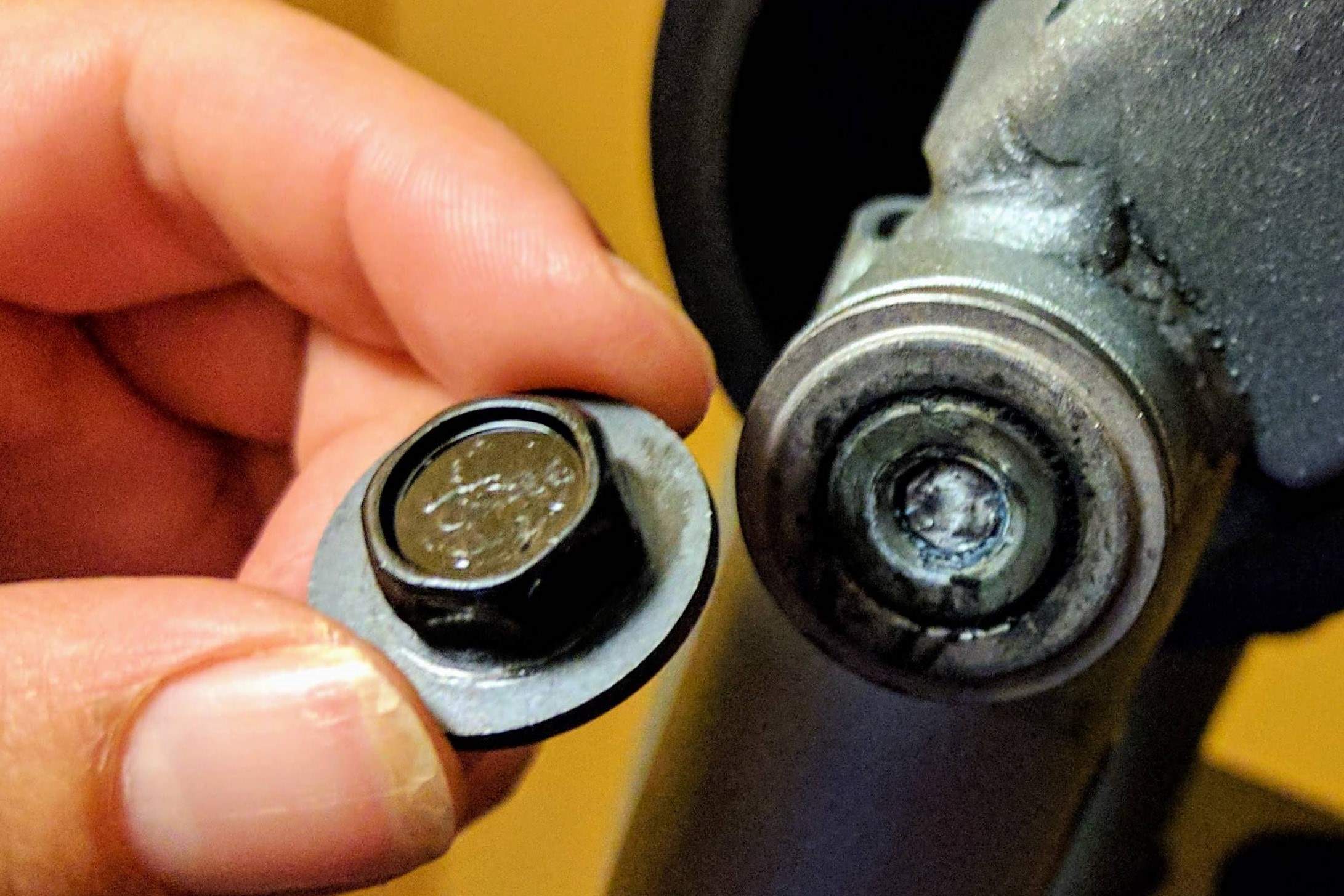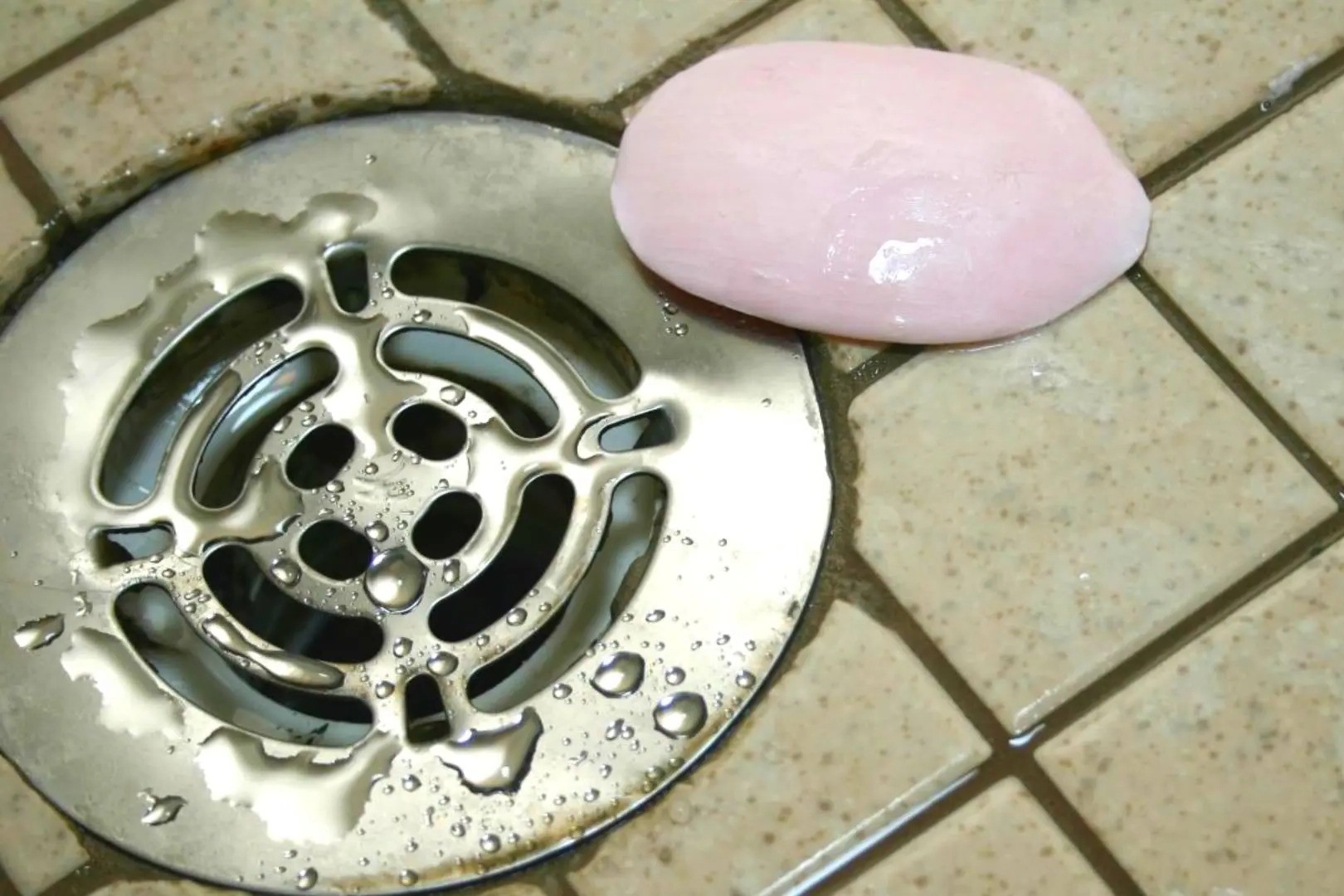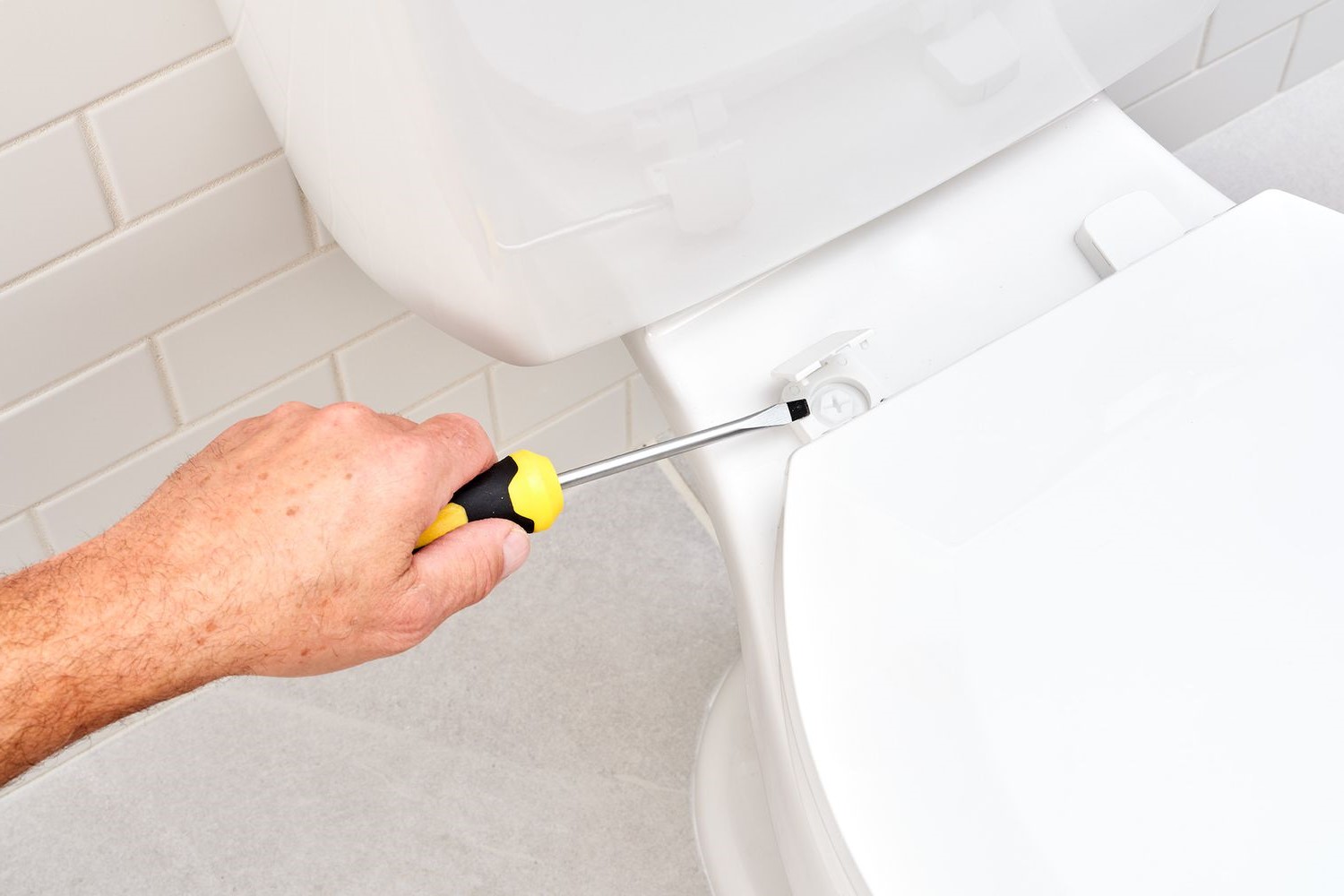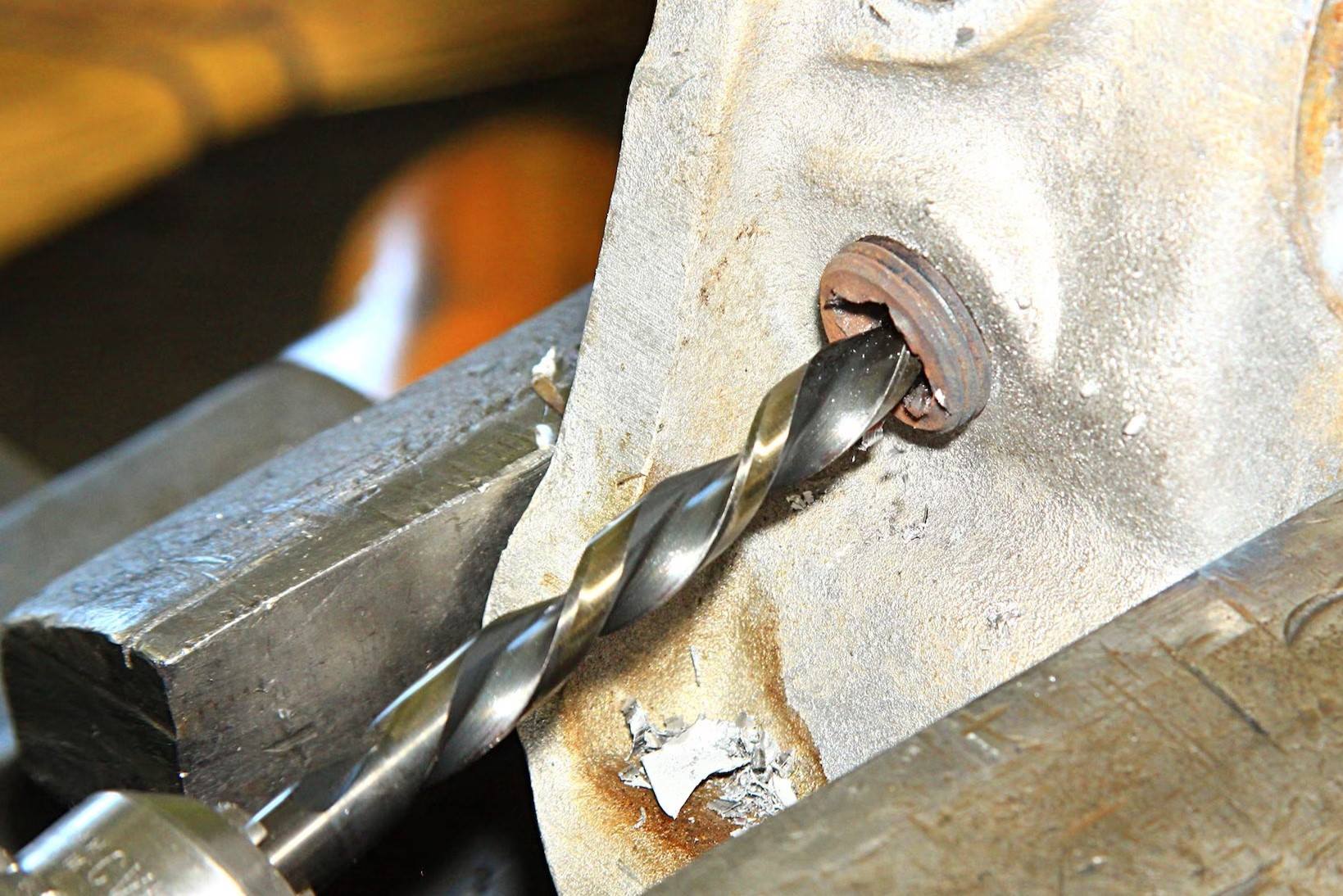Home>Home and Garden>How To Remove Mold In Your Dishwasher
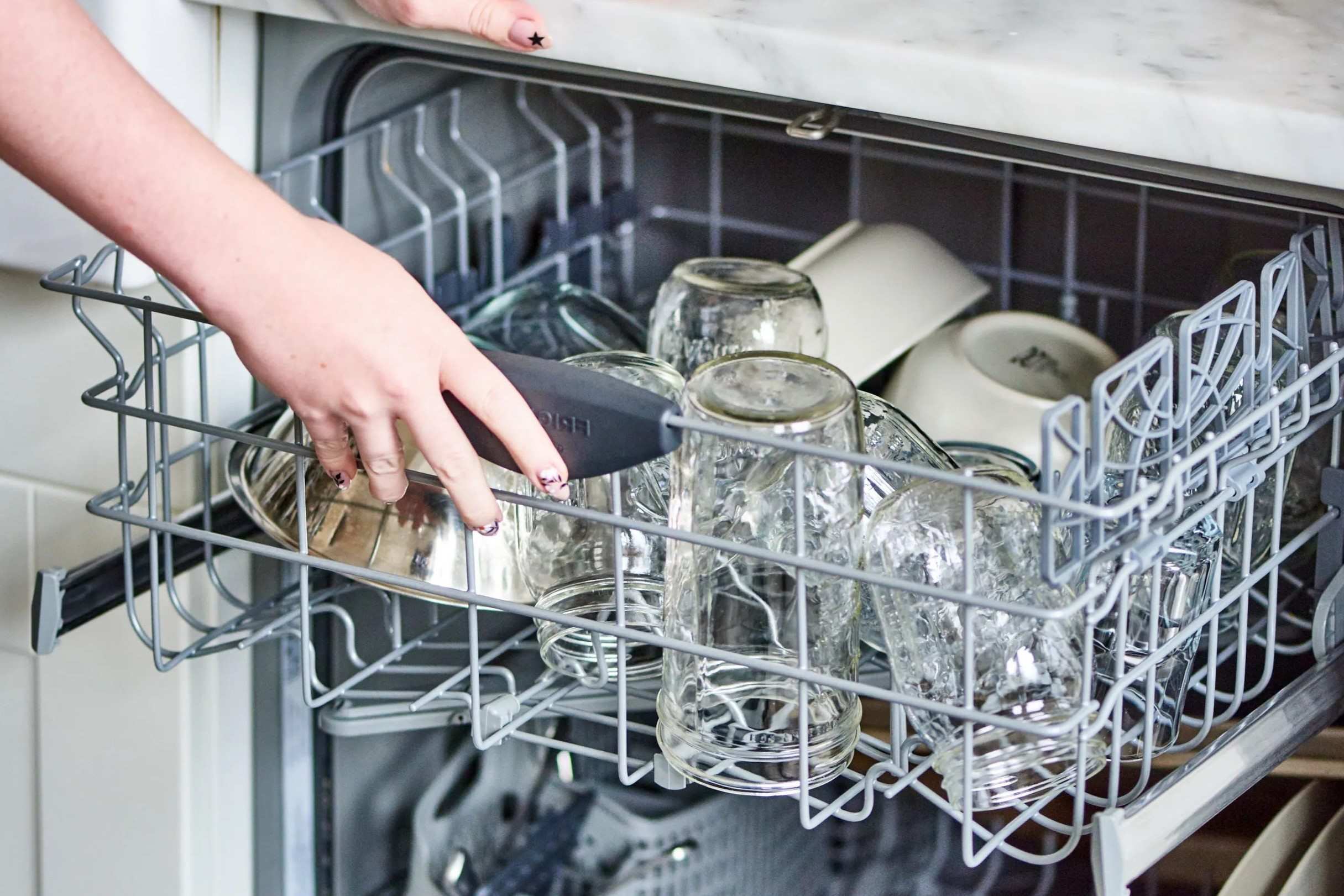

Home and Garden
How To Remove Mold In Your Dishwasher
Published: March 3, 2024
Learn effective methods to remove mold in your dishwasher and keep your home clean and healthy. Expert tips for a mold-free home and garden.
(Many of the links in this article redirect to a specific reviewed product. Your purchase of these products through affiliate links helps to generate commission for Noodls.com, at no extra cost. Learn more)
Table of Contents
Introduction
Mold in your dishwasher can be a pesky and persistent problem. Not only does it create an unpleasant odor, but it can also affect the cleanliness of your dishes. Dealing with mold in your dishwasher requires a combination of cleaning and preventive measures to ensure that it doesn't return.
In this article, we will explore the causes of mold growth in your dishwasher and provide a comprehensive guide on how to effectively remove it. Additionally, we will discuss preventive measures to keep your dishwasher mold-free in the future.
Mold thrives in warm, damp environments, making the interior of a dishwasher an ideal breeding ground. The combination of food particles, moisture, and darkness creates the perfect conditions for mold to flourish. Understanding the underlying causes of mold growth in your dishwasher is crucial in effectively addressing the issue.
By following the steps outlined in this article, you can eliminate mold from your dishwasher and prevent its recurrence. With a clean and mold-free dishwasher, you can ensure that your dishes are hygienic and free from any unpleasant odors caused by mold.
Let's delve into the causes of mold in your dishwasher and the steps you can take to eradicate it, as well as preventive measures to maintain a clean and mold-free appliance.
Read more: How To Remove Mold From Your Car
Understanding the Causes of Mold in Your Dishwasher
Mold growth in your dishwasher can be attributed to several factors, all of which contribute to the ideal environment for mold to thrive. Understanding these causes is essential in effectively addressing the issue and preventing its recurrence.
-
Excess Moisture: Dishwashers are designed to use water for cleaning dishes, and this moisture, if not properly dried, can create a damp environment conducive to mold growth. Additionally, if the dishwasher's interior is not adequately ventilated, moisture can become trapped, further promoting mold development.
-
Food Residue: Food particles that remain in the dishwasher after a cycle can serve as a food source for mold. When combined with moisture, these remnants create a breeding ground for mold spores, leading to the formation of mold colonies within the appliance.
-
Inadequate Cleaning: Over time, the accumulation of grease, soap scum, and mineral deposits can provide an additional substrate for mold to grow. If the dishwasher is not regularly cleaned and maintained, these residues can contribute to mold proliferation.
-
Poor Ventilation: Proper airflow is essential for preventing mold growth. If the dishwasher's vents are obstructed or the appliance is installed in a confined space, it can impede the evaporation of moisture, leading to a buildup of humidity and fostering mold growth.
-
High Humidity: Some regions experience higher levels of humidity, which can exacerbate mold issues in dishwashers. In such environments, it is crucial to be vigilant in preventing excess moisture from accumulating in the dishwasher.
By understanding these causes, you can take proactive measures to address each factor and mitigate the conditions that promote mold growth in your dishwasher. In the following section, we will delve into the steps to effectively remove mold from your dishwasher, providing a comprehensive guide to restore cleanliness and hygiene to your appliance.
Steps to Remove Mold in Your Dishwasher
Dealing with mold in your dishwasher requires a systematic approach to ensure thorough removal and prevent its recurrence. By following these steps, you can effectively eliminate mold and restore cleanliness to your appliance.
-
Safety Precautions: Before beginning the cleaning process, ensure that the dishwasher is unplugged or the circuit breaker is turned off to prevent any accidents. Additionally, wear protective gloves and a mask to minimize exposure to mold spores.
-
Empty the Dishwasher: Remove all dishes, utensils, and racks from the dishwasher. Inspect the interior for any visible mold growth, paying close attention to the rubber seals, crevices, and around the drain.
-
Pre-Cleaning Inspection: Check for any food debris or residue that may be contributing to the mold growth. Use a damp cloth to wipe away any visible particles before proceeding with the cleaning process.
-
Vinegar and Baking Soda Solution: Create a cleaning solution by mixing equal parts of white vinegar and baking soda. This natural and effective combination helps to break down mold and eliminate odors. Apply the solution to the interior surfaces of the dishwasher, focusing on areas with visible mold growth.
-
Scrubbing and Soaking: Use a soft-bristled brush or sponge to scrub the interior surfaces, including the door gasket, racks, and utensil holders. Allow the vinegar and baking soda solution to soak for at least 15-20 minutes to effectively penetrate and loosen the mold.
-
Rinse and Sanitize: After the soaking period, rinse the interior thoroughly with hot water to remove the cleaning solution and dislodged mold particles. Once rinsed, sanitize the dishwasher by running a cycle with a cup of white vinegar placed in the top rack. The heat and acidity of the vinegar will further disinfect the appliance.
-
Inspect and Dry: After the sanitization cycle, inspect the dishwasher for any remaining mold or stubborn stains. If necessary, repeat the cleaning process in targeted areas to ensure comprehensive mold removal. Once satisfied, leave the dishwasher door ajar to air-dry completely.
-
Regular Maintenance: Implement a routine maintenance schedule to prevent mold recurrence. This includes regularly cleaning the filter, wiping down the door gasket, and running an empty hot water cycle with a dishwasher cleaner to remove any residual mold spores.
By diligently following these steps, you can effectively remove mold from your dishwasher and restore it to a clean and hygienic condition. Additionally, incorporating preventive measures will help maintain a mold-free environment within the appliance, ensuring the cleanliness and odor-free state of your dishes.
Preventing Mold Growth in Your Dishwasher
Preventing mold growth in your dishwasher is essential to maintain a hygienic and odor-free environment for your dishes. By implementing proactive measures and regular maintenance, you can effectively inhibit the conditions that promote mold proliferation within the appliance. Here are comprehensive steps to prevent mold growth in your dishwasher:
-
Proper Ventilation: Ensure that the dishwasher is installed in a well-ventilated area to allow for adequate airflow. Proper ventilation facilitates the evaporation of moisture, reducing the likelihood of mold formation. Additionally, periodically check the dishwasher's vents and ensure they are unobstructed to promote air circulation within the appliance.
-
Thorough Cleaning: Regularly clean the interior of the dishwasher, including the door gasket, racks, and utensil holders, to remove any food residue or grease that could serve as a substrate for mold growth. Use a mild detergent and warm water to wipe down the surfaces, paying attention to crevices where moisture and debris may accumulate.
-
Dishwasher Maintenance: Routinely inspect and clean the dishwasher filter to prevent the buildup of food particles and debris. A clogged filter can contribute to excess moisture and create an environment conducive to mold growth. By keeping the filter clean, you can mitigate the risk of mold formation within the appliance.
-
Drying the Interior: After completing a wash cycle, leave the dishwasher door ajar to allow the interior to air-dry thoroughly. This simple practice helps to prevent moisture from becoming trapped within the appliance, reducing the likelihood of mold development. Additionally, consider using a towel to wipe down the interior after each cycle to remove any residual moisture.
-
Regular Use: Utilize the dishwasher regularly to prevent stagnant water from accumulating within the appliance. Regular use helps to maintain proper water circulation and prevents the stagnation of moisture, reducing the potential for mold growth.
-
Use of Vinegar: Periodically run a cycle with a cup of white vinegar placed in the top rack. The natural acidity of vinegar helps to disinfect the dishwasher and inhibit mold growth. This simple maintenance practice can be incorporated into your routine to maintain a clean and mold-free environment within the appliance.
By incorporating these preventive measures into your dishwasher maintenance routine, you can effectively inhibit mold growth and maintain a clean, hygienic, and odor-free environment for your dishes. Consistent vigilance and proactive maintenance are key to preventing mold formation and ensuring the optimal performance of your dishwasher.
Conclusion
In conclusion, addressing mold growth in your dishwasher requires a multifaceted approach that encompasses thorough cleaning, preventive maintenance, and proactive measures to inhibit the conditions conducive to mold proliferation. By understanding the underlying causes of mold in your dishwasher and following the comprehensive steps outlined in this article, you can effectively remove mold and prevent its recurrence.
The causes of mold growth in dishwashers, including excess moisture, food residue, inadequate cleaning, poor ventilation, and high humidity, underscore the importance of proactive maintenance and regular cleaning. By addressing these factors, you can create an environment within your dishwasher that is inhospitable to mold, ensuring the cleanliness and hygiene of your dishes.
The steps to remove mold from your dishwasher provide a systematic and effective approach to thoroughly clean the appliance and eliminate mold spores. From safety precautions to the application of natural cleaning solutions and regular maintenance, each step is designed to restore your dishwasher to a mold-free state and maintain its optimal performance.
Furthermore, the preventive measures outlined in this article offer proactive strategies to inhibit mold growth and maintain a clean and odor-free environment within your dishwasher. By incorporating proper ventilation, thorough cleaning, routine maintenance, and the use of natural disinfectants such as vinegar, you can mitigate the risk of mold formation and ensure the long-term cleanliness of your appliance.
In essence, by following the guidance provided in this article, you can effectively address mold growth in your dishwasher, restore its cleanliness, and prevent future mold-related issues. A mold-free dishwasher not only ensures the hygiene of your dishes but also contributes to a pleasant and odor-free kitchen environment.
By implementing these proactive measures and incorporating regular maintenance into your dishwasher care routine, you can enjoy the convenience of a clean and efficient appliance while minimizing the risk of mold-related concerns. With diligence and preventive strategies, you can maintain a mold-free environment within your dishwasher, promoting the cleanliness and freshness of your dishes for years to come.

